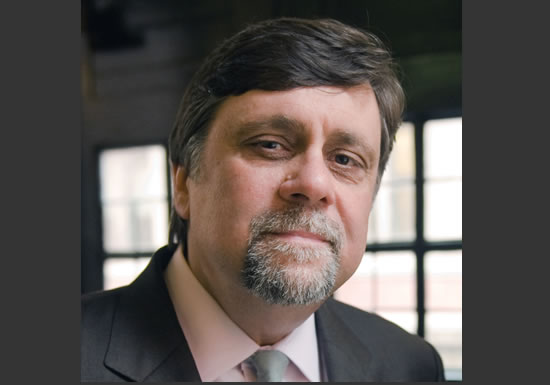GUEST EDITORIAL
Opening Doors to the World
By Dr. John P. Allegrante

Dr. John P. Allegrante
Once again this year, New York’s great institutions of higher education—Columbia, CUNY, NYU, and others—will welcome thousands of students from every corner of the world into their classrooms, laboratories, and studios. They will come to study everything from architecture to art, earth science to sociology, and education to engineering. Others will simply come to learn English and experience the extraordinary cosmopolitanism of a great urban center.
Many of these students will come as Fulbright Foreign Students. Founded after World War II in 1946, the Fulbright Program was the brainchild of Senator J. William Fulbright of Arkansas. Recognizing the value of cultural exchange as a means to prevent the cataclysmic consequences of conflict, Fulbright introduced the legislation in the U.S. Congress that established the program. Today, Fulbright grants not only support American students and scholars to go abroad each year and bring them into contact with people of nations all over the world to study, conduct research, and teach English, they also make it possible for some of the most intellectually talented young people and scholars who are leaders from some 155 countries across Europe, Australia, and the Global South to live and study in the United States.
Two organizations in particular have played—and continue to play—important roles in New York’s efforts to support Fulbrighters and other international student scholars who come to our city as part of this great annual academic diaspora.
The Institute of International Education (IIE), which is headquartered in New York City, has administered the Foreign Fulbright Student Program for the U.S. State Department Bureau of Educational and Cultural Affairs since its inception. IIE was founded in 1919 following World War I by three prominent New Yorkers: Nicholas Murray Butler, then-President of Columbia University, and Elihu Root, former U.S. Secretary of State, both of whom were awarded the Nobel Peace Prize; and Stephen Duggan, Sr., professor of political science at the College of the City of New York and IIE’s first President. They did so nobly to foster the Fulbright dream of educational and cultural exchange between the United States and other nations.
One To World was founded 40 years ago to support international students coming to New York and to help them engage with the city’s cultural opportunities and to connect, face-to-face, with local residents. Today, the non-profit organizes over 120 annual activities, including visits with diverse American host families and community service projects throughout New York and its surrounding area. Its signature program, Global Classroom, trains international students, including Fulbright grantees, to become volunteer Global Guides who lead workshops in New York’s K-12 schools and after-school programs. Together these Global Guides and NYC students explore intercultural themes, global issues, and ways to reduce cultural stereotypes and biases. Such interactions allow New York’s school students to see the world through the eyes of these young cultural ambassadors, and also provide an opportunity for the international scholars to get a sense of what life is like in the United States.
Imagine Bronx students learning a traditional dance of Kazakhstan and then teaching the Global Guide a popular hip-hop dance, or high school students in Bushwick discussing issues around gentrification in India with a visiting Indian scholar and comparing it to the gentrifying neighborhoods in Brooklyn.
Cultural exchange and understanding are perhaps now more important than ever. With nativism and xenophobia on the rise, the Fulbright, IIE, and One To World programs lead the way in opening our doors to the world.
As we enter this new academic year, we need to remember that educators have a special responsibility and stake in fostering education that breaks down cultural stereotypes, advances cross-cultural understanding, and brings the world to our students.
John P. Allegrante, PhD, LHD (Hon.), is professor of health education and the Fulbright Campus Representative at Teachers College, Columbia University. He has been a Fulbright Specialist and Fulbright Scholar in Iceland and a Fulbright Ambassador, and is currently a member of the Board of Directors of One To World.
